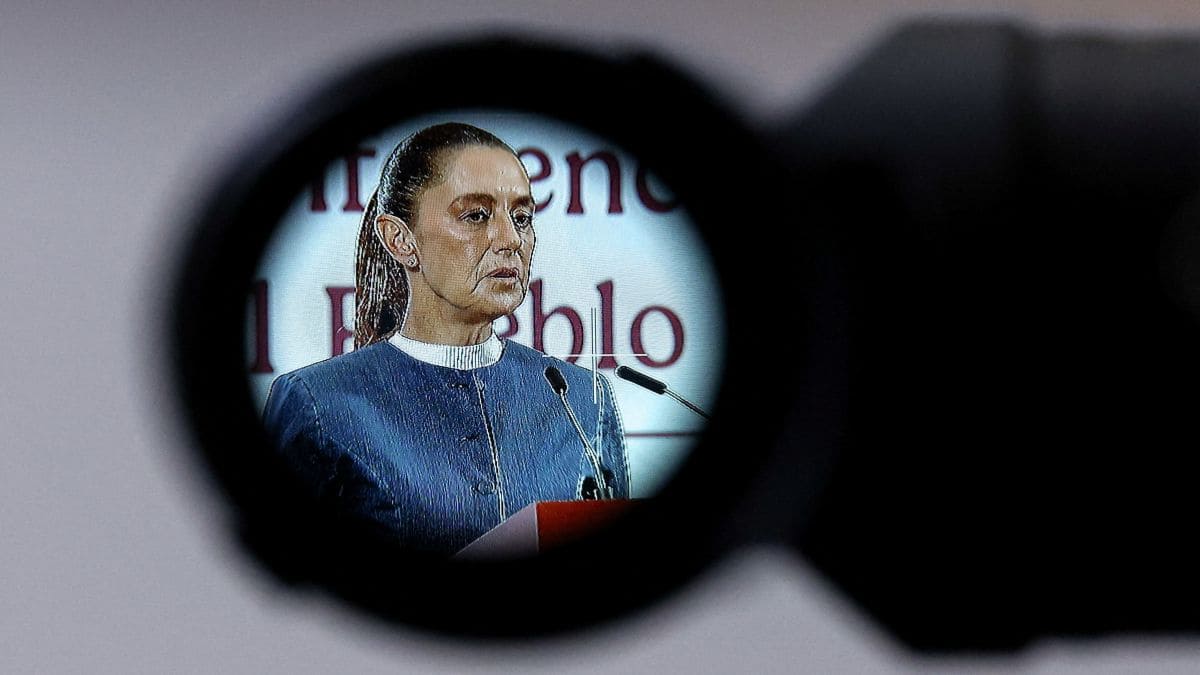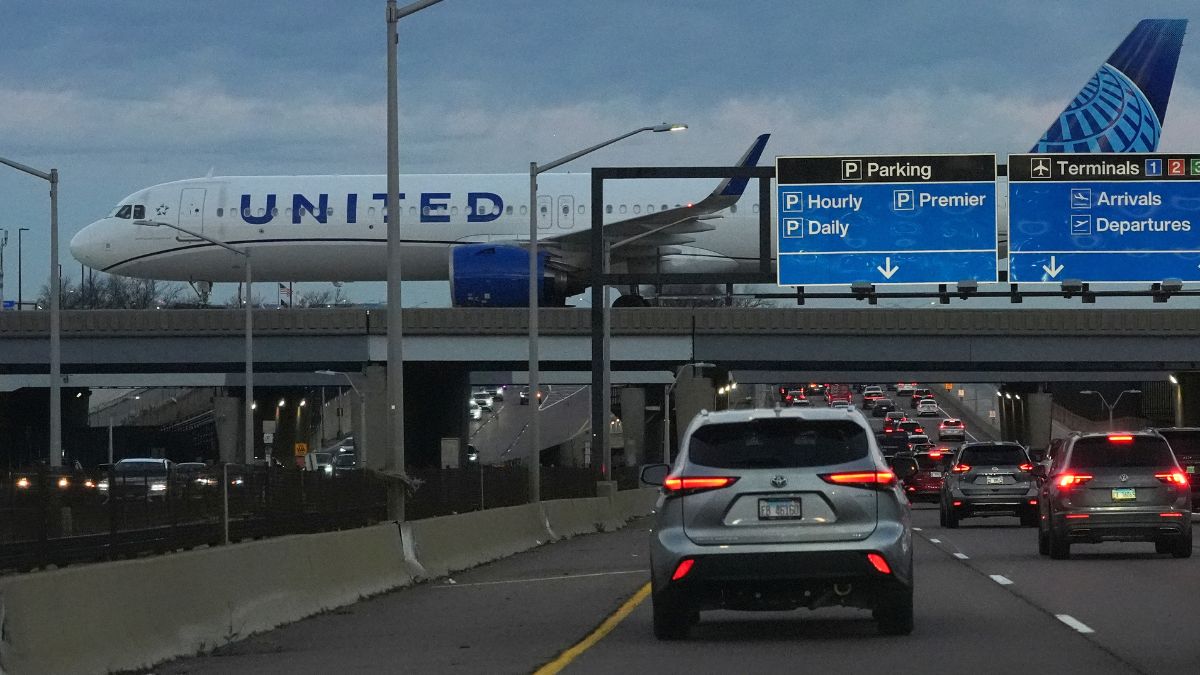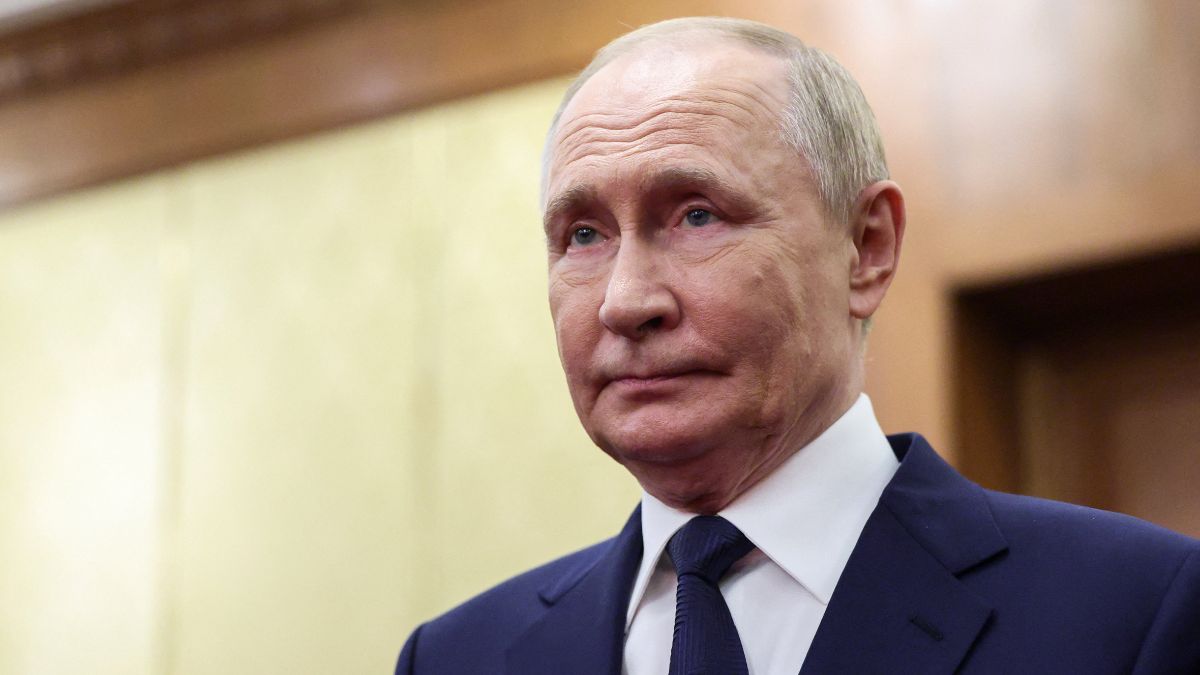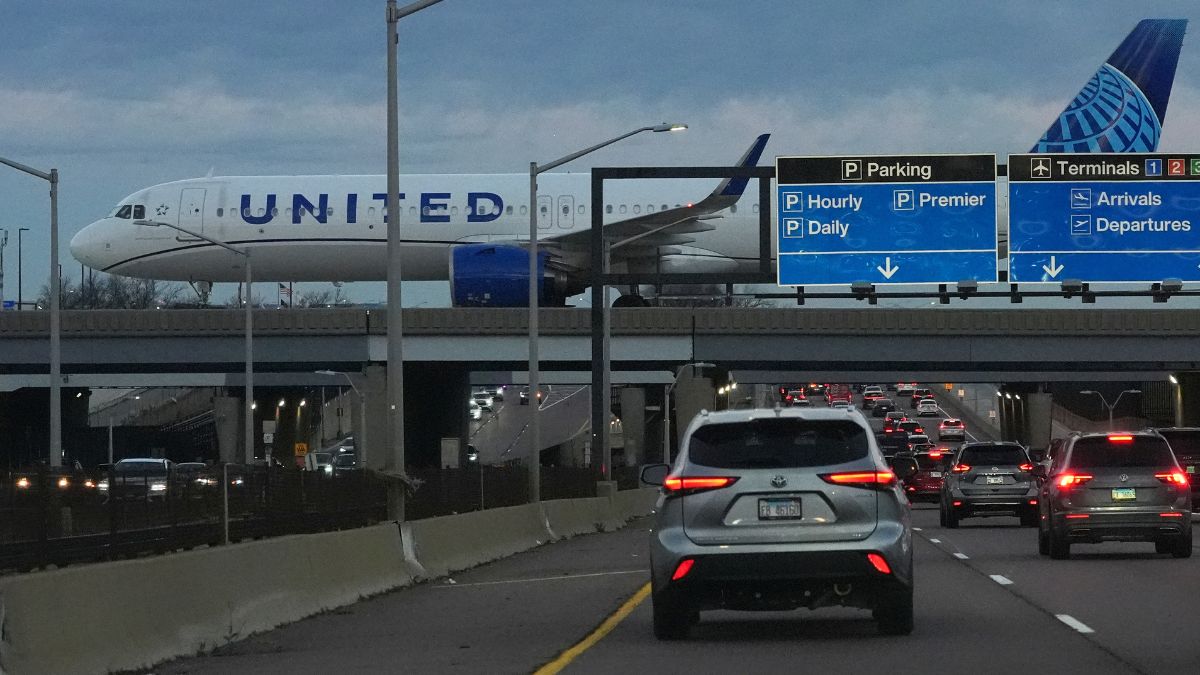The all-important hearings in the US Supreme Court on US President Donald Trump’s tariffs have begun.
And the justices, even some of those appointed by Trump, do not seem to be impressed by the arguments of the administration. The court, which is stacked 6 to 3 in favour of the conservatives, had sharp questions for the lawyers representing the Trump administration.
Among the hundreds in attendance were Treasury Secretary Scott Bessent and Commerce Secretary Howard Ludnik, both of whom have expressed optimism that the court will uphold the president’s orders.
Trump had initially said he would attend the hearings before he changed his mind. He recently said “if you take away tariffs, we could end up being a third-world country” and that the US “is going to suffer so greatly, so greatly” if the Supreme Court rules to take away tariffs.
But what happens if the Trump administration loses the tariff case since the Supreme Court? What alternatives does he have? What happens to the money that has already been collected by the US government from businesses?
Let’s take a closer look.
What if the Trump administration loses?
First, let’s take a brief look at Trump’s use of tariffs. The US president announced wide-ranging tariffs – from 10 per cent to 50 per cent – on dozens of US trading partners in April, which he dubbed ‘Liberation Day’. The move had caused much shock and consternation around the world, including in many US allies.
Trump imposed the tariffs under the International Emergency Economic Powers Act (IEEPA), 1977. The law bestows on the president the power to ‘regulate’ trade in terms of a national emergency. Trump has argued that just such a state of emergency exists across the nation. However, this claim has been repudiated in several lower courts across America which have halted Trump’s tariffs.
If the Supreme Court sides with the lower courts, the US government may end up having to refund much of the money it has collected. Till August, the US had collected around 72 billion (Rs 6.38 lakh crore) in revenue from tariffs. Though that is far less than the $2 billion (Rs 0.18 lakh crore) per day per day Trump had claimed that the US was taking in.
As Supreme Court Justice Amy Coney Barrett rightly noted, things could devolve into a ‘complete mess’. “Unwinding them could cause significant disruption,” Bessent previously told the court. He claimed the US government could end up refunding far more than that – from $750 billion (66.47 lakh crore) to $1 trillion (Rs 88.62 lakh crore) if the court takes till June 2026, the end of its term, to give its verdict.
Companies, particularly major retail and electronic firms such as LG Group, Samsung, Electrolux and Best Buy, could see a ‘windfall of cash’. Consumers could also benefit. For example, those who shelled out more for products because of the tariff could end up filing class action lawsuits against the companies that get their money refunded. Investment funds could also, unexpectedly, earn some big bucks.
There are already reports that have approached the importers to purchase their potential refunds. They are essentially betting that the US Supreme Court will overturn Trump’s tariffs.
What are the alternatives?
The Trump administration has no plans to back down. There are other options to choose from. For example, Section 301 of the Trade Act of 1974, which Trump imposed against China during his first term. The Act allows the US to impose tariffs on countries engaging in “unjustifiable”, “unreasonable” or “discriminatory” trade practices against it.
Bessent has said that the administration, if it loses the case, will simply move on to using other laws to impose tariffs. This includes Section 122 of the Trade Act of 1974, which allows a broad 15 per cent tariff for 150 days in order to fix trade imbalances. Though Section 122 has never been used in this manner, that is unlikely to deter the Trump administration.
Bessent has also said Trump can invoke Section 338 of the Tariff Act of 1930, a statute that allows tariffs up to 50 per cent on countries that
discriminate against US industries.
“You should assume that they’re here to stay,” Bessent warned other countries. For countries that have negotiated tariff-lowering trade deals with Trump, “you should honour your agreement,” Bessent added. “Those of you who got a good deal should stick with it.”
“The US government has the authority it needs to try to recreate the IEEPA tariff regime if it chooses to do so,” international trade attorney Patrick Childress told Forbes. But Childress added that this would probably “take some time”.
Regardless, the Trump administration is projecting an air of optimism in public. The president, appearing on Fox News in the aftermath of the hearing, said he thought things went well.
He, however, added that it would be devastating if the Supreme Court ruled against him and referred to it as “one of the most important cases in the history of our country”. Bessent, also on Fox Business, said he was “very, very optimistic.”
Bessent, asked about the potential refunds, downplayed the chances of having to do so. “We’ll cross that bridge if we come to it, but I’m confident we won’t have to.” However, he previously said if ordered by the Supreme Court then “we’d have to do it”, which would be “terrible”.
While the US Supreme Court takes time to rule on these cases, the Trump administration has requested an expeditious hearing. Some say we could see a verdict fairly soon. Ryan Majerus, a partner in the international trade team at King & Spalding, said the chances are growing that a decision could arrive from the apex court by the end of 2025.
Experts are warning companies to be prepared for any eventuality, including keeping precise and detailed records about the tariffs paid. The truth is there are probably too many known unknowns at the moment.
With inputs from agencies


)

)
)
)
)
)
)
)
)



